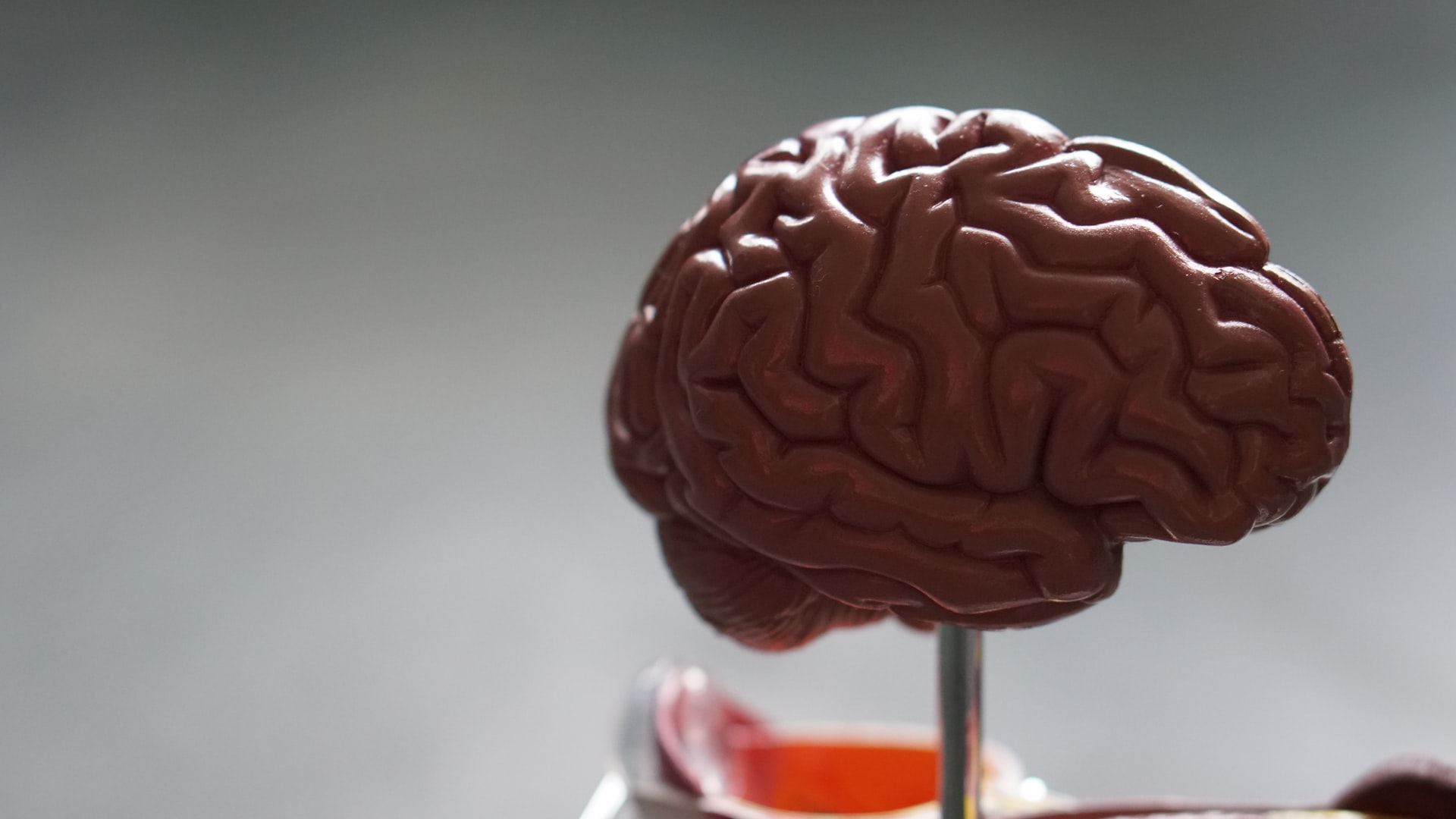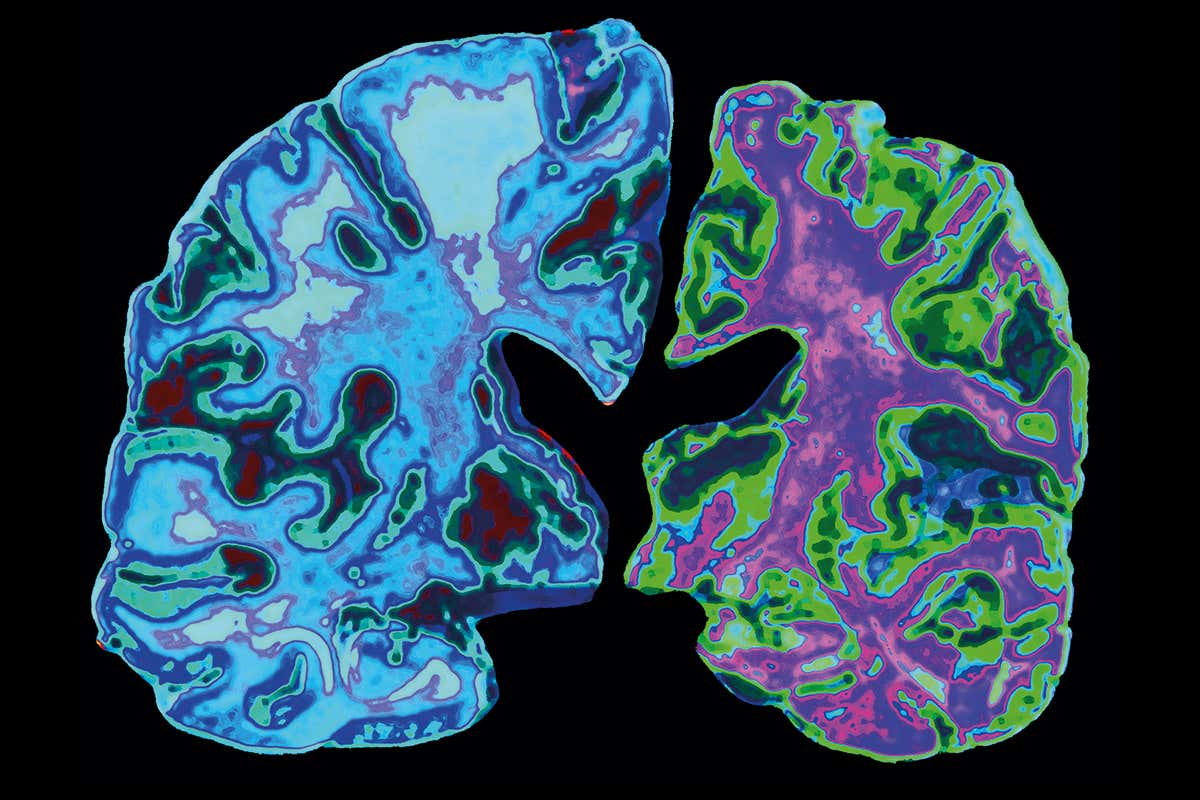Around the world one in three children have dangerous levels of lead in their blood that can cause serious long-term health defects, suggests new research.
Young people under the age of 19, as many as 800 million are likely to have lead levels in their blood at or above 5 micrograms per deciliter according to a report.
According to the World Health Organization, there is no level seen as safe for lead exposure because even at lower levels it is still a very serious toxin.
According to the US Centers for Disease Control, however, levels above 5μg/dl are serious enough for a call for action.
Institute for Health Metrics and Evaluation’s research findings are published by Unicef and in them, they highlighted the current dangers children face from lead.
Nicholas Rees is a policy specialist at Unicef and is also the author of the report. He finds the figures shocking and is concerned about how widespread the danger is to children from lead.
Lead is a very powerful neurotoxin and high exposure to this substance can be very lethal. Lower levels however are also capable of causing serious symptoms like vomiting, pain, seizures, delay in development, mental difficulties, and also mood disorders. Low levels of lead can also lead to children being born prematurely.
The level of exposure in the study is likely to cause serious effects in cognitive abilities, higher levels of violence, and long-term diseases like cardiovascular disease.
This is particularly threatening for children because they are most vulnerable to lead exposure. This is mostly because it can damage a developing brain and a child’s nervous system, this can also build up over time and what’s worse is that results do not show instantly.
The way these works is, lead mimics calcium in our bones, it builds up in bodies and thus causes damage to vital organs. Kidneys, heart, and lungs all are particularly vulnerable to this.
Richard Fuller of Pure Earth is an NGO that also collaborated with Unicef on the report, Noted that people didn’t know how harmful lead could be. There have even been campaigns advocating for the removal of the toxin from several commonly used items in developed countries.
Also Read: UK Hospital Starts World’s First Medicinal Trials of Cannabis on Children Born with Brain Injuries
He says although it was great that they took out lead from gasoline but the use of lead has begun to grow steadily after decreasing in the 1970s and 80s.
Fuller says only 5μg/dl of lead in blood can reduce about 3-5 points of IQ score from a child and at the levels discovered by Unicef’s report can double the level of destruction in society. He also points out the increased risk of cardiovascular disease that the population will face. Already there are about 900,000 deaths every year linked to the lethal substance.
Even at smaller levels, the damage lead has done across the entirety of populations is fairly significant. Fuller describes the damage as twice the number of intellectually impaired people. This, therefore, is no small matter.
One of the major causes of lead poisoning is discarded car batteries, these use acid and lead to make an electric charge and makeup for about 85% of the total lead used globally. If discarded safely they are risk-free but usually, they are recycled without proper safety measures and that is a significant cause for concern.
The substance can contaminate soil for years to come and people who come in contact with the liquid or solid products risk being poisoned by it.
Lead oxide and lead chromate are also seen in spices as a food additive, its used to make spices more vivid in color. Turmeric appears more yellow with it in it and sometimes it is also used in paprika. The report also discovered its use in countries like Bangladesh, India, Georgia, North Africa, the Balkans, and sub-Saharan Africa.
This means people are at greater risk from lead poisoning and they don’t even know it. Commonly used items all around us contain lead but never have the risks been more clearer than now. The UK has placed strict regulations on the use of lead content in things like spices, food, toys, and cosmetics but risks remain and they may affect children more, especially those from deprived areas of living.


